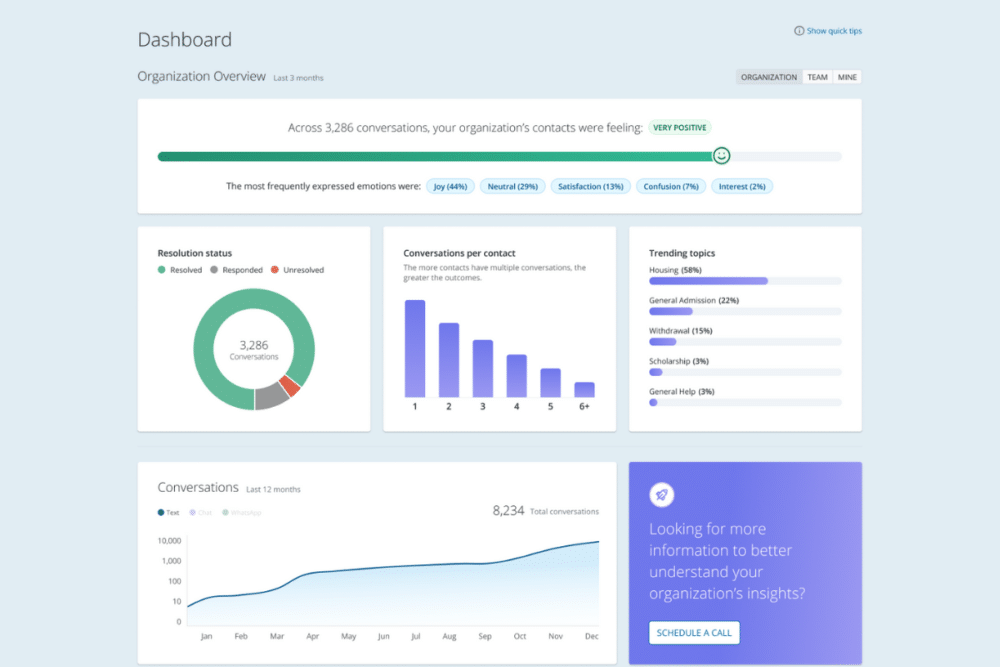Real Conversations, Not Campaigns: Rethinking Student Enrollment and Retention Strategies
Far be it from us to say notifications don’t work. In fact, the 2025 Mongoose Benchmark Reports reveal that prospective students at 4-year institutions who receive reminders and alerts are 3.7 times more likely to take key enrollment actions than ...









